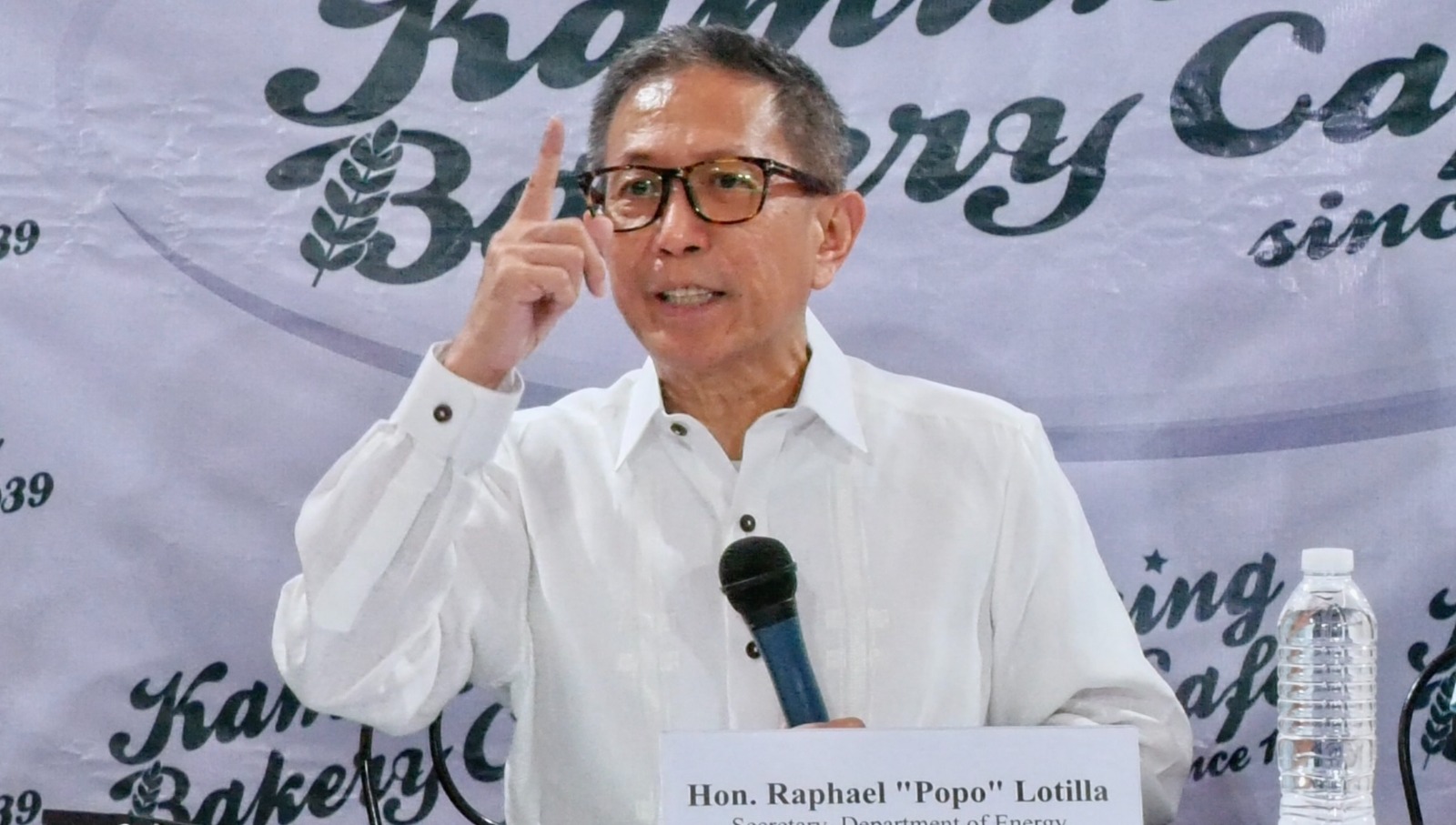NGCP blamed for shunned DOE auction
MANILA -The Department of Energy (DOE) once again pointed to transmission and supply availability issues as among the reasons why renewable energy developers lost interest in the agency’s second Green Energy Auction Program (GEA-2).
Energy Secretary Raphael Lotilla on Wednesday explained that while the private sector did not object to the conduct of GEA-2, the level of interest “dwindled” as the auction date drew close because of uncertainties.
“The availability of transmission lines was also a concern raised [by the private sector] because the system impact studies are delayed,” he said, referring to the studies conducted by National Grid Corp. of the Philippines (NGCP) assessing the capability of transmission lines to absorb new capacities.
System impact studies usually take one and a half to two years to complete, which Lotilla said “can be a detriment to those who would like to offer their capacities on renewable energy.”
Low turnout
Under the GEA-2, winning bidders must make their committed capacities available by 2024 to 2026.
The DOE on Monday saw a low turnout in the second round of competitive bidding for renewable energy capacities, receiving only 3,580.76 megawatts (MW) of committed capacities, or around 30 percent of the total 11,600 MW available.
Renewable energy firms shun DOE’s green power auction
This leaves more than 8,000 MW of unsubscribed capacity, but Lotilla did not address questions as to whether these would be up for rebidding.
Instead, he urged NGCP to ensure the timely completion of its long-delayed transmission projects, warning that the company “cannot attribute the delay only to the pandemic.”
The DOE and the Energy Regulatory Commission are in the process of conducting an evaluation of NGCP’s performance, following the widespread power interruptions experienced by Luzon households in May.
Review NGCP franchise, DOE urges Congress
Supply availability
At the same time, Lotilla said developers were cautious of supply availability, especially for waste-to-energy facilities. To recall, the DOE did not receive commitments for this technology.
“If one puts up a waste-to-energy facility that will be able to recover investment over a 15- or 20-year period, they will need a stable supply of waste. But if the supply of waste is not going to be assured to them, they’re not going to waste good investment,” he said.
Lotilla added that local government units could help developers secure supply.
According to the DOE, focus group discussions will be conducted with auction participants two weeks after the announcement of winning bidders on July 12 to determine how the GEA could be improved.


